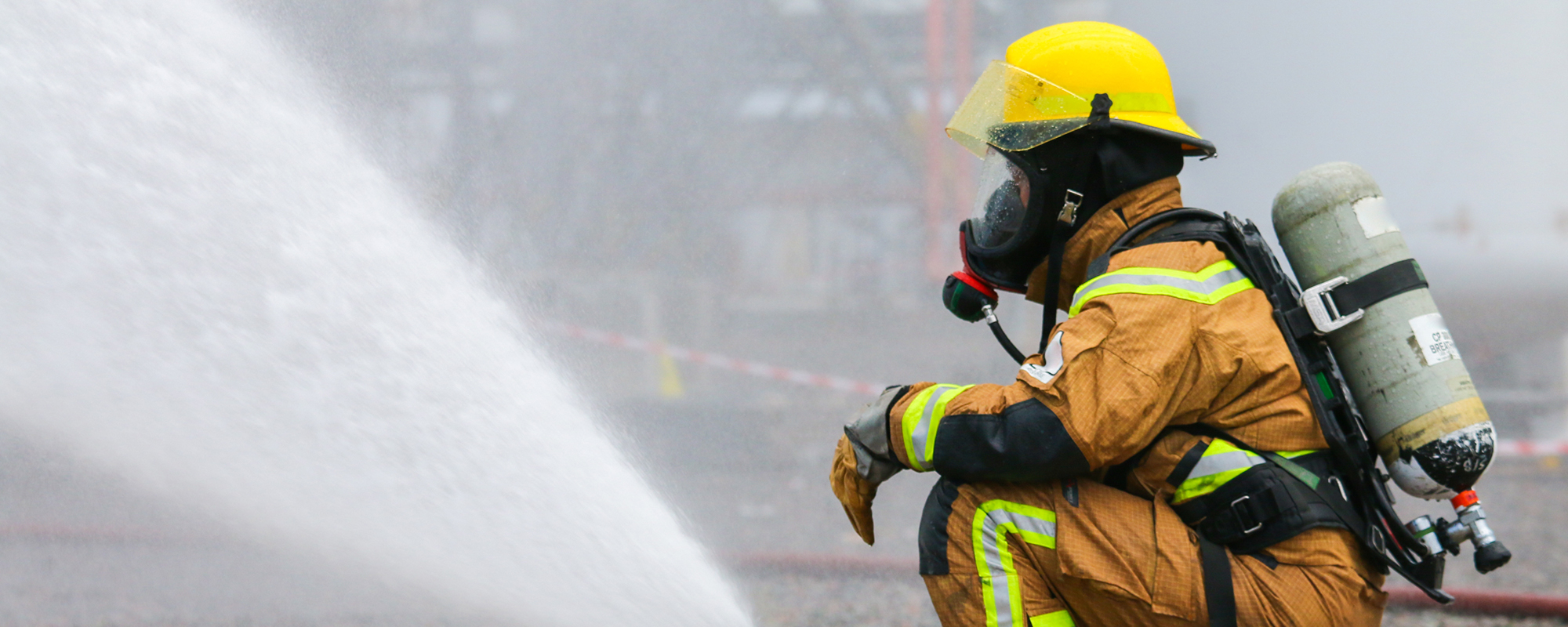Asbestos and Other Carcinogens
Like asbestos, a number of other carcinogens have been shown to cause cancer. Occupational exposure to carcinogens remains a major source of lung disease today. Small particles from hazardous mold, dust, vapors, and fumes can travel deep into respiratory passages. Instead of being coughed up, the particles damage cells’ DNA over time. Illnesses that arise from exposure to carcinogens at work are known as occupational diseases

What Other Workplace Carcinogens Cause Cancer?
Carcinogens (i.e., cancer-causing substances) are dangerous for humans who come into contact with them. Most carcinogenic exposure stems from environmental sources (such as naturally occurring radon) and workplace hazards (such as asbestos-containing tiles). Prolonged workplace exposure to these materials may lead to certain types of cancer.
Like asbestos exposure, other carcinogens typically cause health complications through inhaling particles – often, too small for the human eye to see. Smaller particles can travel deep into the pathways of the respiratory system. Instead of being coughed up from the lungs, the particles lodge themselves into cells. Over time, cells’ DNA may be damaged and become pre-cancerous.
Substances that have been linked to occupational cancer include:
- Benzene
- Cadmium
- Chromium
- Coal tar and pitch
- Crystalline silica
- Diesel exhaust
- Electromagnetic radiation (UVR)
- Formaldehyde
- Ionizing radiation
- Lead
- Nickel
- Metal-working fluids
- Paints
- Pesticides
- Solvents
- Welding and thermal cutting fumes
The carcinogens below have been grouped according to their source: chemical or physical. Each type has a distinct effect on the body.
Veterans who were diagnosed with mesothelioma may be eligible for VA compensation. To find out if you qualify, speak with a patient advocate today.

Chemical Carcinogens
Chemical carcinogens make up many of the occupational hazards that workers encounter today – especially those in the maritime and construction industries. Dangerous chemical agents include naturally occurring carcinogens (such as asbestos and wood dust) and compounds produced by human activity (such as pesticides and diesel exhaust).
Usually, these substances become a threat to human health when they are airborne. Most chemical carcinogens are ingested or inhaled through the nose or mouth (though some cause damage through skin contact). Inside the lungs, chemical agents can cause long-term damage. Additionally, particles may travel to the bloodstream and damage other areas of the body over time.
Common chemical carcinogens and the diseases they have been linked to include:
Chemical Carcinogen |
Associated Diseases |
| Benzene | Contact irritation of skin and eyes, leukemia and other blood cancers |
| Coal, tar, and pitch | Coal worker’s pneumoconiosis, lung impairment, non-melanoma skin cancer and cancers of the throat and lungs |
| Diesel exhaust | Cancers of the bladder and lungs |
| Metalworking fluids | Cancers of the lung, larynx, rectum, pancreas, skin, scrotum, and bladder; chronic bronchitis; contact dermatitis; hypersensitivity pneumonitis |
| Wood, metal, and other dusts | Nasopharynx and sinonasal cancers |
Physical Carcinogens
Physical carcinogens come from separate and distinct external sources than chemical agents and affect the body differently. Nonetheless, over time, exposure can lead to cancer.
Typically, only workers in certain industries are affected by physical carcinogens. For example, people who work under the sun for long hours (such as agricultural workers) are at risk of ultraviolet (UV) radiation. Those who work near nuclear power plants may be exposed to other types of cancer-causing radiation.
Common physical carcinogens include:
- Ionizing radiation (such as X-rays and alpha, beta, and gamma radiation)
- Ultraviolet radiation (UVR)
Who Is at Risk?
In the U.S., thousands of occupations interact with cancer-causing substances each day. In 2016, the Environmental Protection Agency (EPA) listed 8,707 chemicals used in manufacturing and commerce in the country. Yet, according to the Centers for Disease Control and Prevention (CDC), less than two percent of chemical or physical carcinogens have been researched for safety in the workplace.
Occupational exposure to carcinogens caused between 45,872 and 91,745 new cancer diagnoses in the U.S. in 2012 (the most recent data available).
The table below lists the career fields and industries most commonly at risk of carcinogenic exposure and occupational cancer.
At-risk Occupations and Industries |
Associated Occupational Diseases |
| Construction | Asbestosis, lung and bladder cancer, mesothelioma, occupational asthma |
| Firefighters | Leukemia, lung cancer, mesothelioma, occupational asthma, |
| Foundries and blasting operations | Cancers of the colorectum, larynx, lung, ovary, pharynx, and stomach; silicosis |
| Metal manufacturing | Berylliosis, bladder cancer, hard metal pneumoconiosis |
| Refineries and gasoline-related industries | Anemia, leukemia, lung cancer, occupational asthma |
Veterans with mesothelioma can take action without affecting their benefits.

Treatment and Compensation for Occupational Cancer
In time, occupational exposure to carcinogens in the workplace may lead to symptoms of chronic disease or cancer. Usually, diagnosing an occupational disease begins with a physical examination by a doctor. Your doctor may ask about your work history and possible sources of exposure.
Treating an occupational disease depends on:
- Severity and prognosis of the disease
- Ability to undergo certain kinds of treatment
- Overall health and medical history
- Treatment goals
People who believe their diagnosis is a result of carcinogenic exposure in the workplace should talk to a qualified attorney as soon as possible. While legal compensation may be available, each state’s statute of limits restricts the amount of time plaintiffs have to file a claim.


